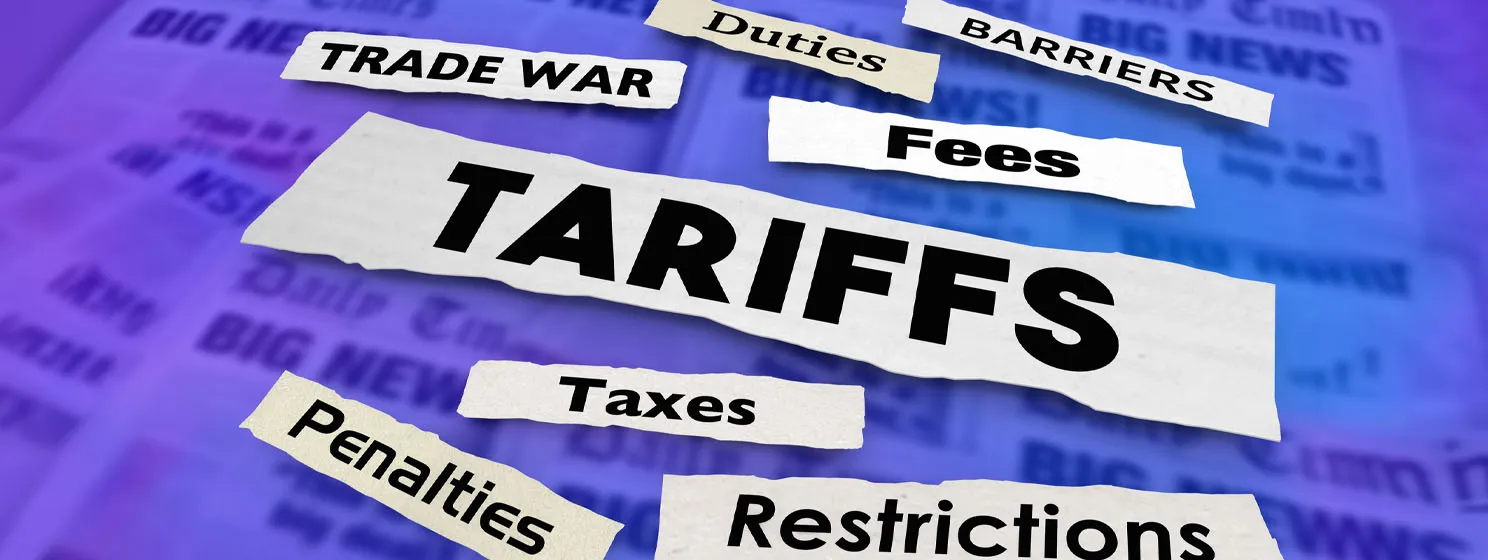|
Getting your Trinity Audio player ready...
|
Looking at stocks related to BTC and blockchain technology, one stands head and shoulders above the rest: MicroStrategy (NASDAQ: MSTR).
Michael Saylor‘s software firm has transformed itself from a fledgling operation that had seen better days to the epicenter of the BTC universe, and its stock chart is something to behold.
Yet, as impressive as it looks, many are beginning to wonder if MicroStrategy is heading for the same sort of epic collapse it did in the Dot Com crash in the early 2000s.
Back then, Saylor lost $60 billion in one day and was dubbed the biggest loser in the Dot-Com bubble. He also paid the SEC $8.2 million in disgorgement and a $350k civil penalty as part of a settlement related to accusations of fraudulently overstating the company’s earnings and revenues.
Is MicroStrategy heading for another historic bust after riding yet another unsustainable bubble? Let’s look at what Saylor is doing to figure it out.
‘Selling volatility and recycling it back into Bitcoin’
In a recent CNBC interview, Saylor attempted to describe his strategy as “Selling volatility and recycling it back into Bitcoin,” along with several other seemingly related concepts like MicroStrategy being “powered by a Bitcoin reactor” and expecting BTC to go up “29% per year for the next 21 years.”
This sort of thought stream is not new for Saylor, who burst onto the scene in the summer of 2020 with a $250 million BTC purchase. He has since described his conversion to BTC maximalism on dozens of podcasts and in similar interviews, leaving audiences inspired, confused, suspicious of his intentions, or some combination of all three.
Yet, behind all of the buzzwords and abstract concepts is a simple scheme: Saylor is using massive amounts of debt (low-interest convertible notes) to buy BTC, pump it and thus MicroStrategy’s stock, take on yet more debt at the new valuations, and pump both some more.
This means MicroStrategy acts as a leveraged BTC play. However, it’s risky: Saylor cannot allow the value of MSTR stock to fall below conversion prices, he cannot sell much BTC without crashing its price and his company’s stock, and he needs BTC to keep increasing in dollar values to keep the whole thing afloat.
Yet, the risk isn’t just on Saylor and his investors. Traditional finance is now deeply interwoven with BTC and the digital currency industry. Pension funds, banks, and even sovereign governments are exposed via a complex web of ETFs, notes, stocks, and direct exposure to BTC. Should MicroStrategy crash and burn, the effects could be equivalent to a financial atomic bomb exploding at the heart of the financial system.
Tether makes things even riskier
As if Saylor’s debt-fueled house of cards wasn’t risky enough in and of itself, another element in the equation makes it even riskier: Tether.
This offshore stablecoin company launched in 2015 and has grown to a market cap of $133 billion at press time. Yet, nobody has ever seen verifiable proof that it is backed by cash and cash equivalents, as it claims.
Even more concerning is Tether’s checkered history. It has been banned from New York for making misleading statements, has repeatedly refused to submit to an audit with one of the reputable accounting firms, and was caught red-handed lying about its reserves by the CFTC and fined $42.5 million.
Tether has a significant impact on the price of BTC, and hence MicroStrategy’s stock value, and thus the fate of all who are exposed to it.
Summing up the situation with MicroStrategy
In summary, pension funds, institutional investors, sovereign nations, and countless individual speculators are interlinked with a highly leveraged financial scheme run by a CEO with a questionable past that is in itself exposed to an offshore stablecoin firm with a verifiable history of lies, fraud, and obfuscation.
Those of us who remember the LUNA collapse, the implosion of FTX, and its painful aftermath know this type of risk is not something that should not be taken lightly. Tether is now embedded in the heart of the financial system, and Michael Saylor is taking a risk not just with his own money and that of his investors but with the integrity of the system we depend on for our livelihoods, homes, pensions, and much more.
How will it all end? Time will tell, but looking at the structure of his scheme in the light of common sense, it’s not likely to end well for anyone. Is MicroStrategy now an unacceptable risk? Given how people who haven’t bought into it could be negatively affected if it goes wrong, I’d say yes.
Watch: Siggi Óskarsson—Overview of Teranode’s progress

 08-12-2025
08-12-2025 





